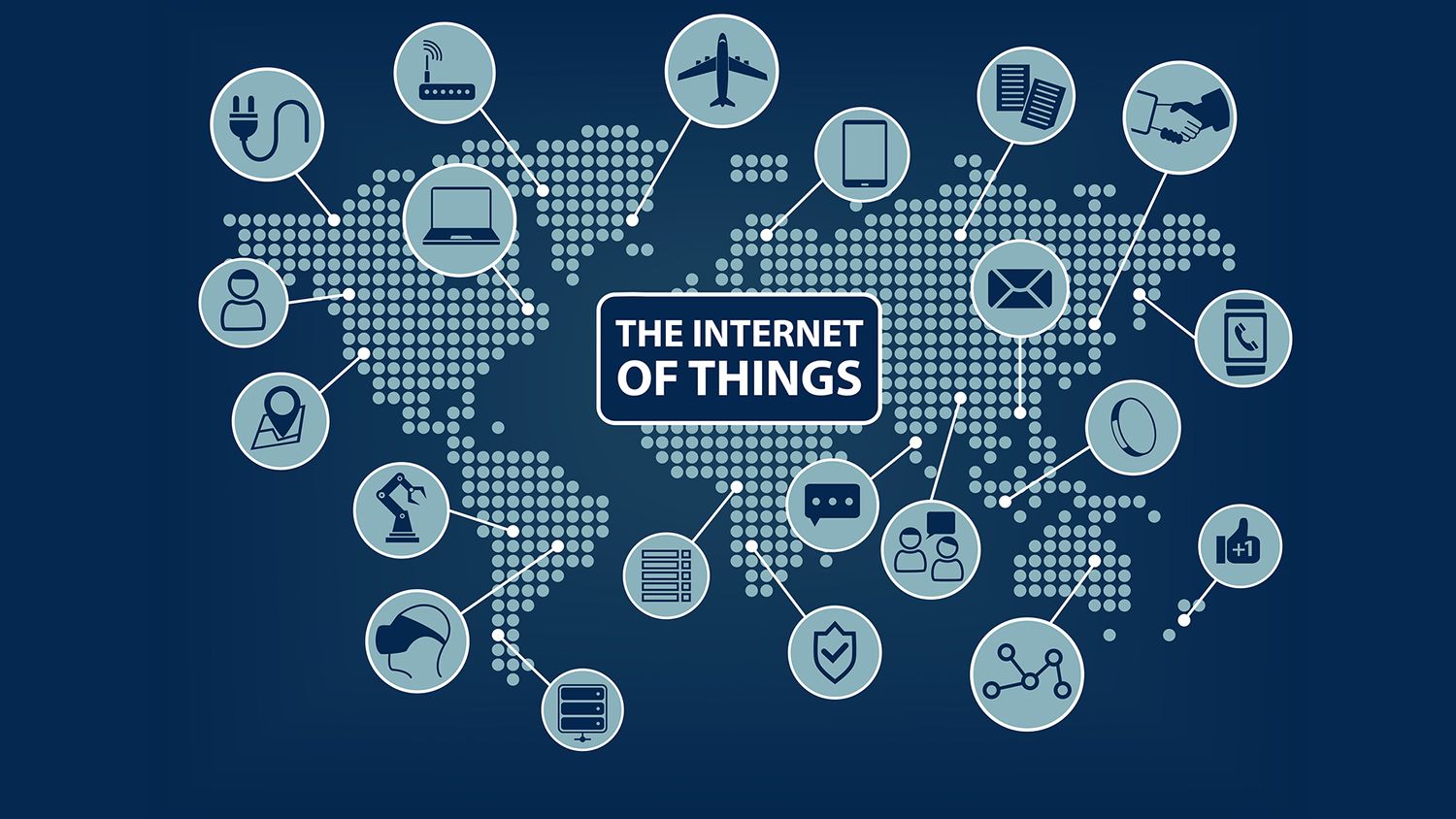In our rapidly evolving technological landscape, the Internet of Things (IoT) stands as one of the most transformative developments. IoT refers to the network of physical devices, vehicles, appliances, and other objects embedded with sensors, software, and connectivity, which enables them to communicate and exchange data. This article aims to provide an understanding of the Internet of Things and its implications in creating a connected world.
What is the Internet of Things (IoT)?
IoT is the concept where everyday objects are connected to the internet or to each other. From smart thermostats that can be controlled remotely, and wearable fitness devices that monitor your health, to smart cities with sensors monitoring traffic and weather conditions, IoT is making the world around us smarter and more responsive by merging the digital and physical universes.
Components of IoT
- Sensors: These are used to collect data from the environment. This could be anything from temperature and air quality to motion and bio-metrics.
- Connectivity: The sensors need to transmit data, either through wired or wireless means. Common methods include Wi-Fi, Bluetooth, or cellular networks.
- Data Processing: Once data is collected and transmitted, it needs to be processed. This could happen in a centralized data center or on the device itself (edge computing).
- Action: This is the end result of the data collection and processing. For example, if a smart thermostat registers the temperature in your house dropping, it could send a signal to turn on the heating.
Applications of IoT
Smart Homes
One of the most familiar applications of IoT is smart homes. Smart homes can include smart thermostats, smart appliances, and smart lights, which can be controlled remotely through smartphones or voice-activated systems like Amazon Alexa or Google Home.
Wearables
Devices like smartwatches and fitness trackers monitor health data, such as heart rate and steps taken, and sync them to other devices.
Smart Cities
By integrating IoT technologies in infrastructure, cities can become more efficient and sustainable. Examples include traffic monitoring and management, waste management, energy usage, and public safety systems.
Agriculture
IoT can revolutionize agriculture through precision farming. Sensors can monitor soil moisture, crop yields, and even the health of livestock, enabling farmers to make better decisions.
Healthcare
In healthcare, IoT is used in remote monitoring, equipment tracking, and even in the creation of smarter pharmaceuticals.
Challenges and Considerations
While IoT offers many benefits, it also comes with challenges:
- Security: With so many connected devices, there’s an increased risk of security breaches.
- Privacy: The collection of large amounts of data could result in a loss of privacy if not handled correctly.
- Interoperability: Many IoT devices are made by different manufacturers, and there isn’t always a standard for how they communicate with each other.
- Data Management: The sheer volume of data being generated can be difficult to manage and analyze effectively.
The Future of IoT
As technology continues to advance, the scope of what can be achieved with IoT expands. With 5G connectivity becoming more widespread, the amount of data that can be transferred between devices will increase, likely leading to an explosion in new IoT devices and applications.
In summary, the Internet of Things represents a significant shift in how we interact with technology and the world around us. Its applications are broad and varied, and while challenges remain, the potential benefits are enormous. As more devices become connected, our world becomes more efficient, more intelligent, and more responsive to our needs.







